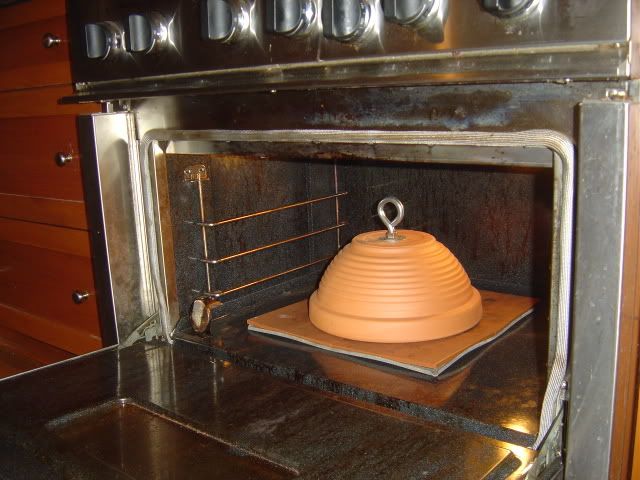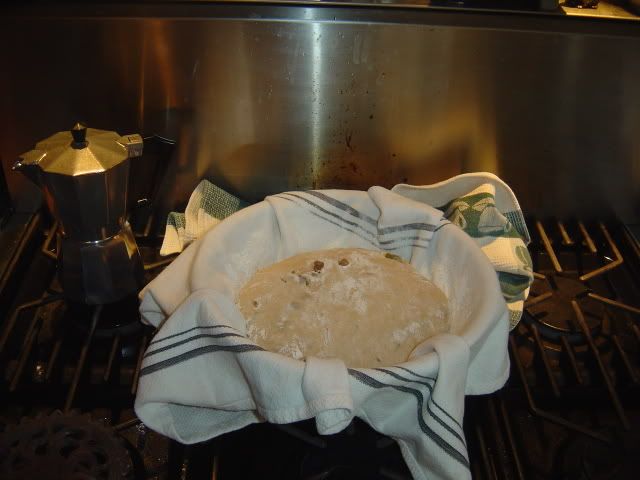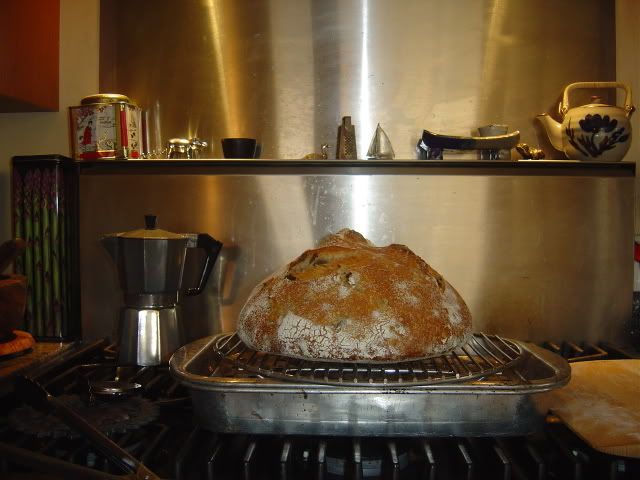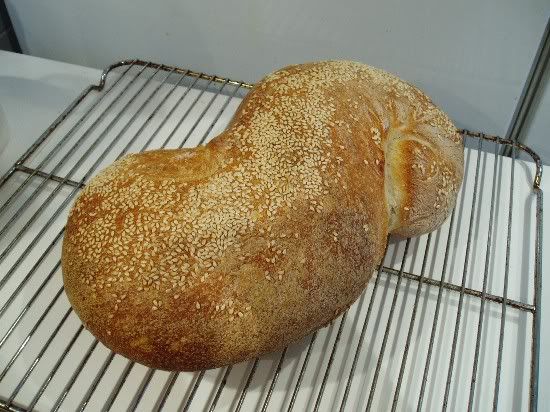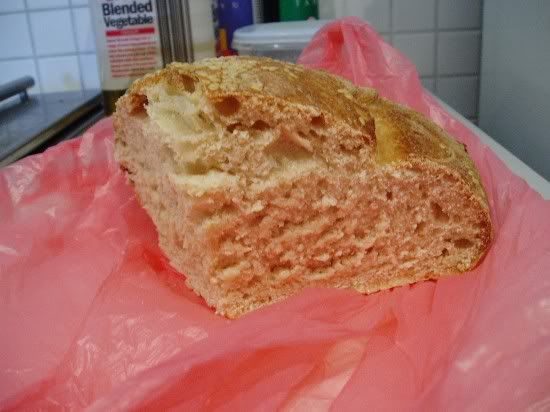
Artisan Breads


When to retard the dough and surface drama
I actually posted this as a reply to another string and realized that it was kind of a non-sequitor there.
Given the time logistics and requirements for sourdough-- mine is a six hour starter-- I am a real fan of retardation in the fridge, both the sponge and the shaped loaves. It also helps that retardation gives the levain time to develop flavor and complexity. I have found it convenient to retard the dough right after it has been shaped (before any significant rising). Then the next day I take it out roughly 7 hours before I plan to bake it (1 hour to come to room temp, 6 hours to double). The results have been very good. I like the idea mentioned in another post about allowing it to rise after shaping, then retarding it overnight before baking. Obviously the timing is different in that I would have to plan for two 6 hour rises in one day. I'll be trying that next.

Whole Wheat French Bread
Can anybody advise me about how to make whole wheat french bread? Obviously it would be a portion wheat, not the whole content. I've been using the French Bread recipe from "The Bread Baker's Apprentice"...should I replace the bread flour in the second portion with wheat? And I'm leaning toward the white wheat from King Arthur, rather than Graham flour. Also, do I need to presoak it at all, if so?

Flax Seed Wheat Bread
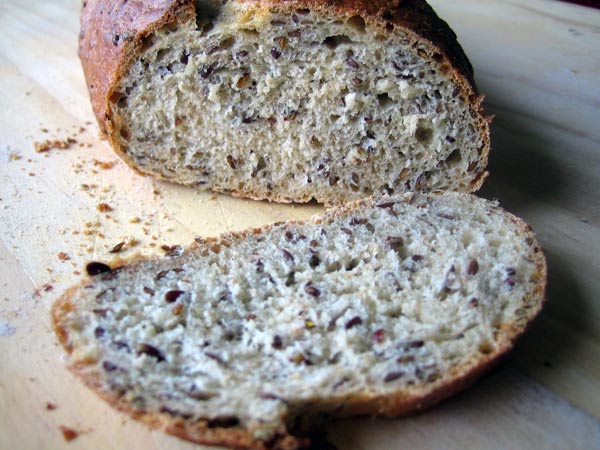
I finally got my copy of Dan Lepard's The Handmade Loaf, a book that the Brits on this site have been recommending to me for a while. Occasionally imported copies will show up on Amazon for a reasonable price, but I found it cheaper to order a copy from a bookseller in Ipswich via Abebooks. It is a splendid book, with great photos, easy to follow instructions, and excellent recipes; well worth the cost of admission for a baking fanatic. His website is also worth checking out.

My Daily Bread
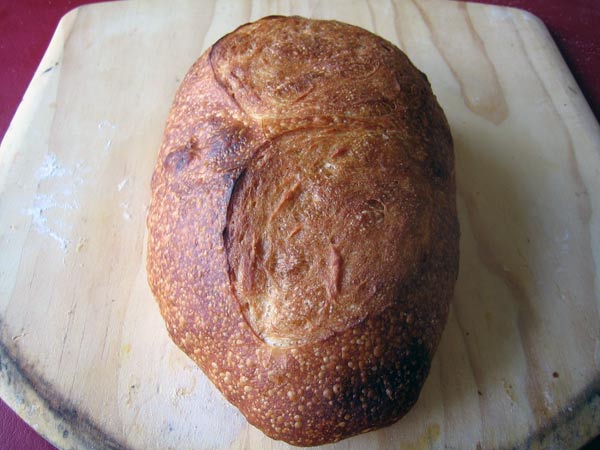
If you ever read my baker blog, you'll know that almost every week, regardless of what else I am baking, I bake a batch of pain sur poolish. I began baking a bread like this while reading The Village Baker. I've since adapted it to be even simpler.


